Cats and dogs have widely diverging evolutionary paths that have shaped their behaviors and levels of independence. Cats belonged to the Felidae family, evolving as solitary hunters, whereas dogs, from the Canidae family, evolved as pack animals.
Natural Habitats and Hunting
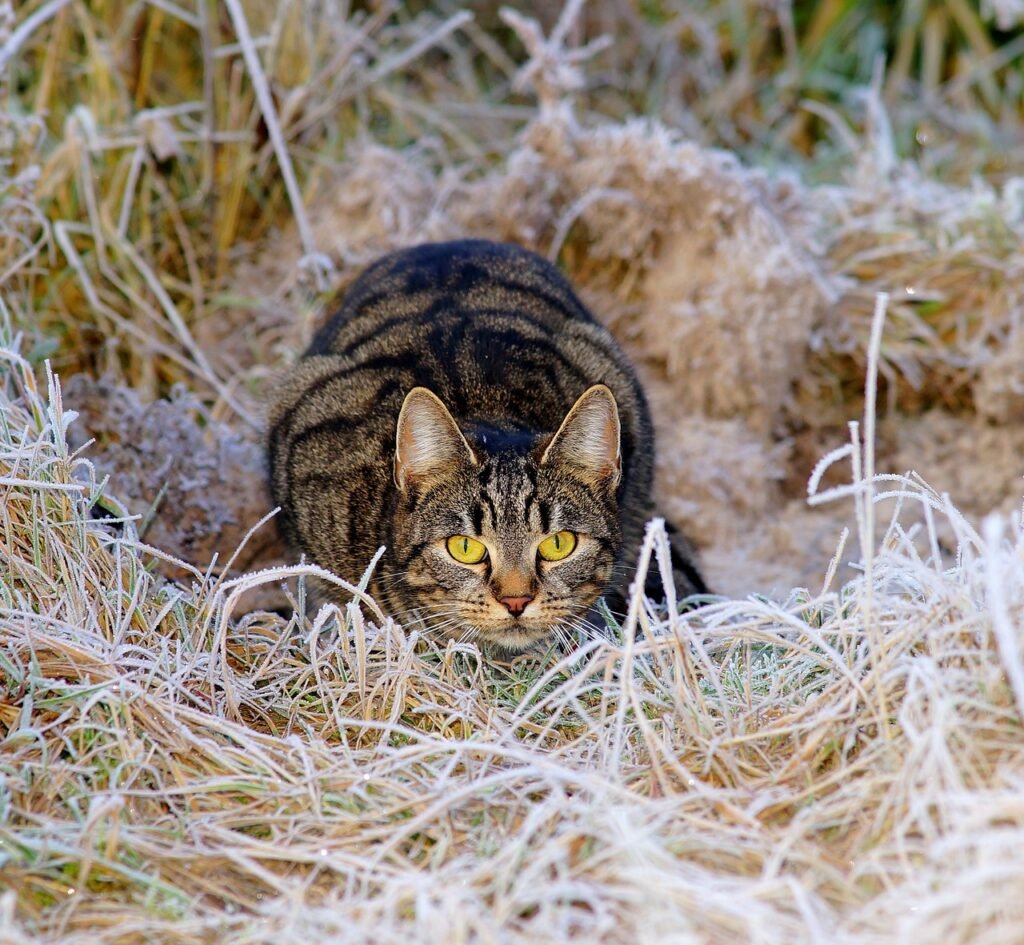
Cats are stealthy predators that primarily hunt alone, relying on their acute senses and agility. This solitary nature means they don’t usually depend on others for survival. In contrast, dogs in the wild hunt in packs and rely on group cooperation to take down larger prey.
Domestication Differences
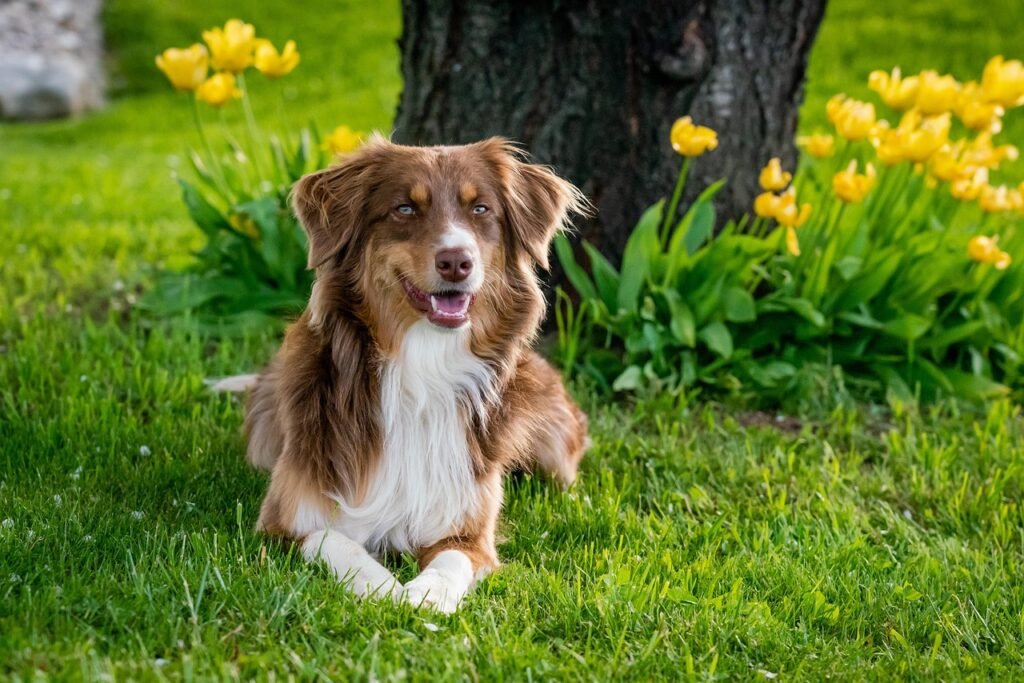
The domestication of cats and dogs has played a significant role in their distinct behaviors. Dogs were domesticated by humans for specific tasks like guarding, herding, and hunting around 15,000 years ago, fostering a collaborative relationship. Cats, however, are believed to have domesticated themselves around 9,000 years ago by adapting to human environments, drawn by food sources like rodents.
Social Structures
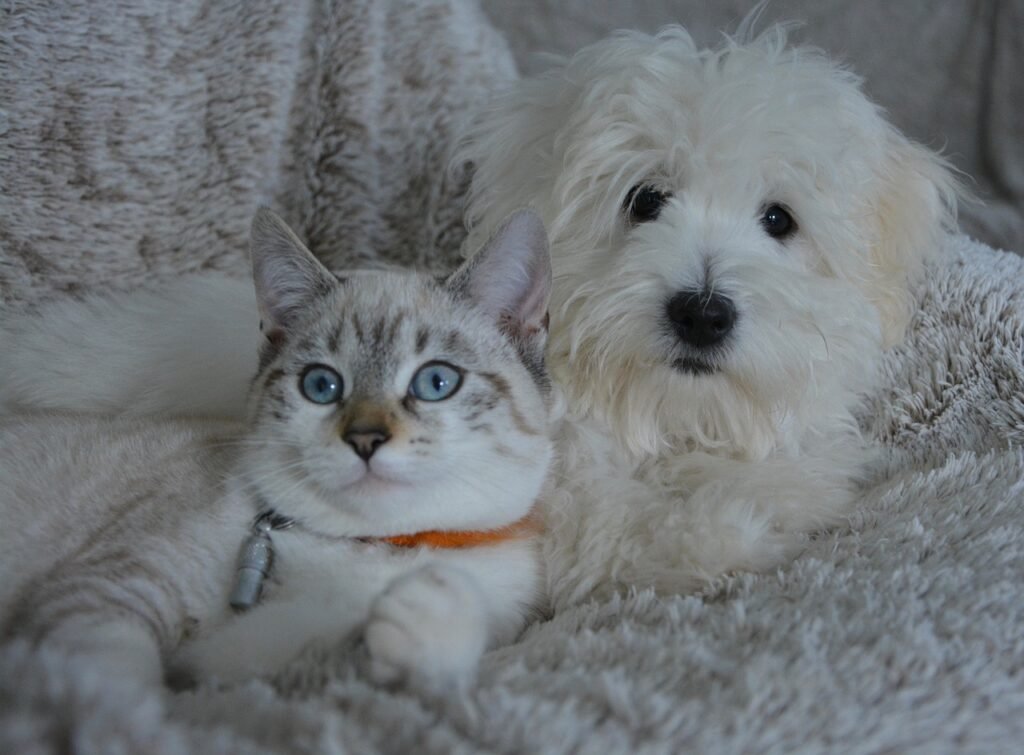
Dogs naturally gravitate towards pack-like social structures even in domestic settings. This pack mentality often makes them more reliant on human companionship. Cats, on the other hand, display flexible social behaviors, often being independent but forming loose social structures when beneficial, such as feral colonies where resources are plentiful.
Communication Styles
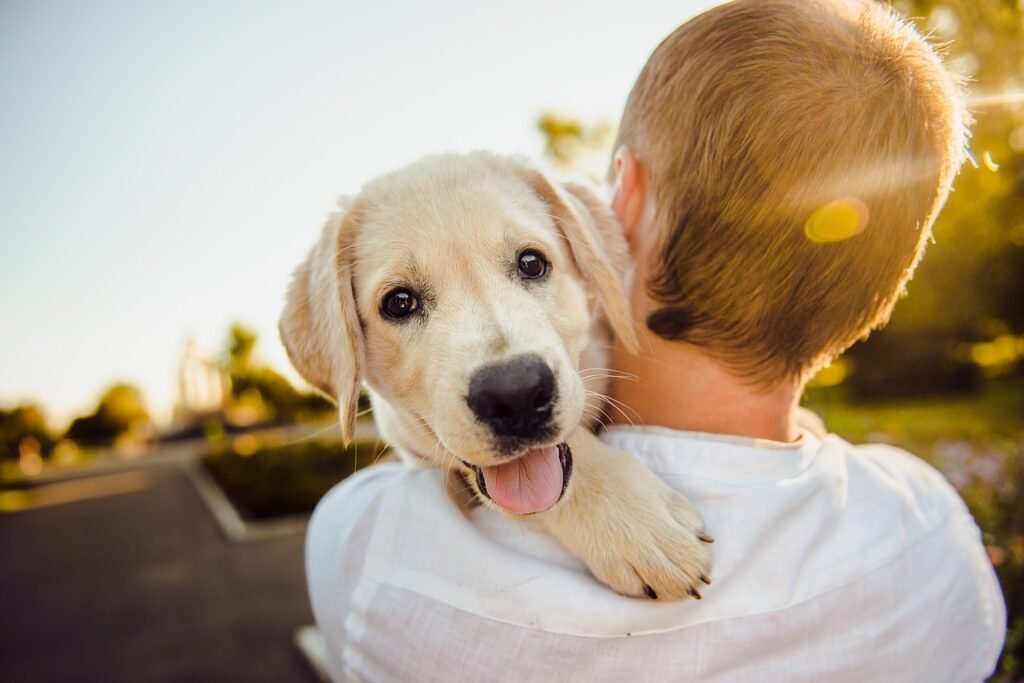
Dogs tend to have more elaborate forms of communication, including vocalizations, body language, and facial expressions, which they use to communicate with humans effectively. Cats communicate through subtle cues, like tail movements and ear positions, often showing selective interaction when necessary.
Survival Instincts
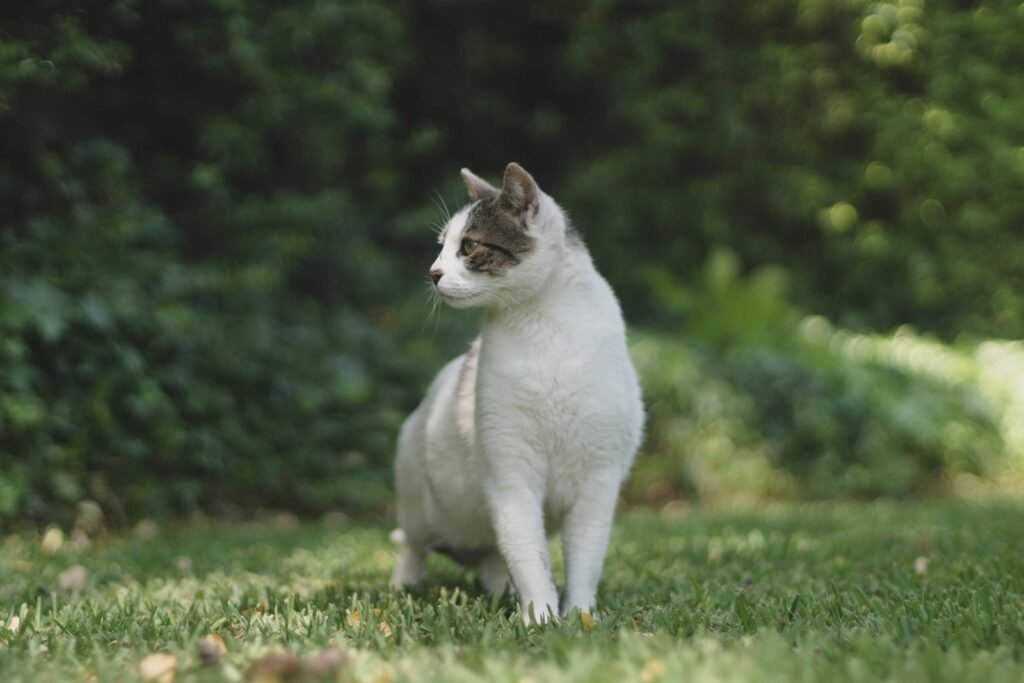
Cats maintain numerous behaviors tied to their ancestral survival instincts, like independence and territoriality. This means they are more self-reliant when it comes to finding food and shelter. Dogs, co-evolved alongside humans, often rely on being part of a group for their survival strategies, showing tendencies to seek guidance and support from their human companions.
Feeding and Nutrition

Cats are obligate carnivores, needing a protein-rich diet found primarily through hunting in the wild, which supports their solitary, independent nature. Dogs are omnivores and have adapted to scavenge and eat a more varied diet, which historically involved more community-based foraging.
Adaptability to Environment
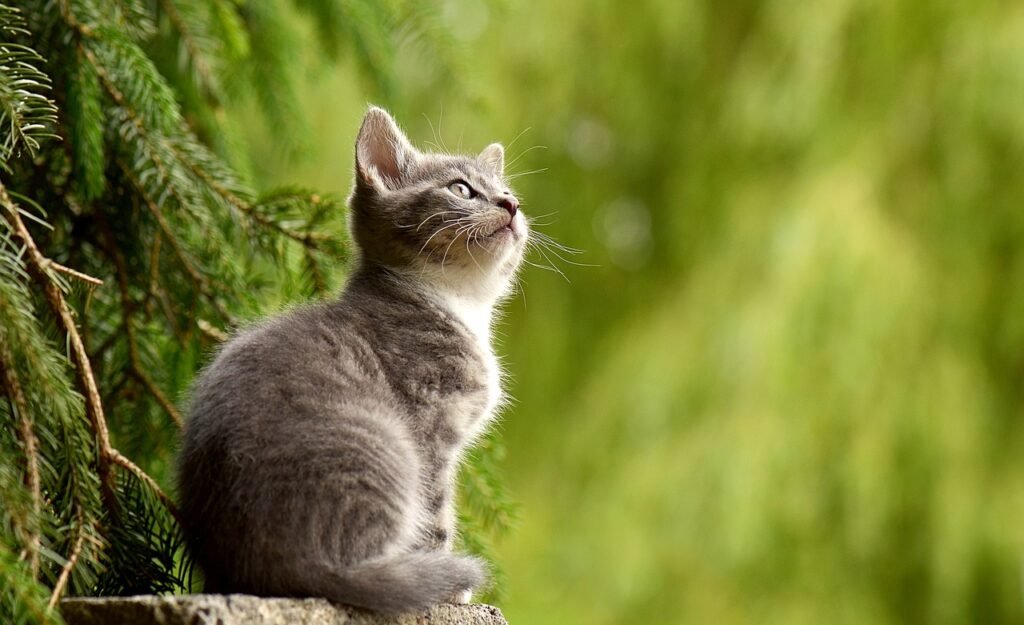
Cats are generally more adaptable to changes in their environment due to their independent streak. They can thrive in urban and rural settings, provided they have access to basic needs. Dogs often require more structured environments and routine, thriving best when they have consistent interactions and a stable pack structure.
Attachment and Dependency
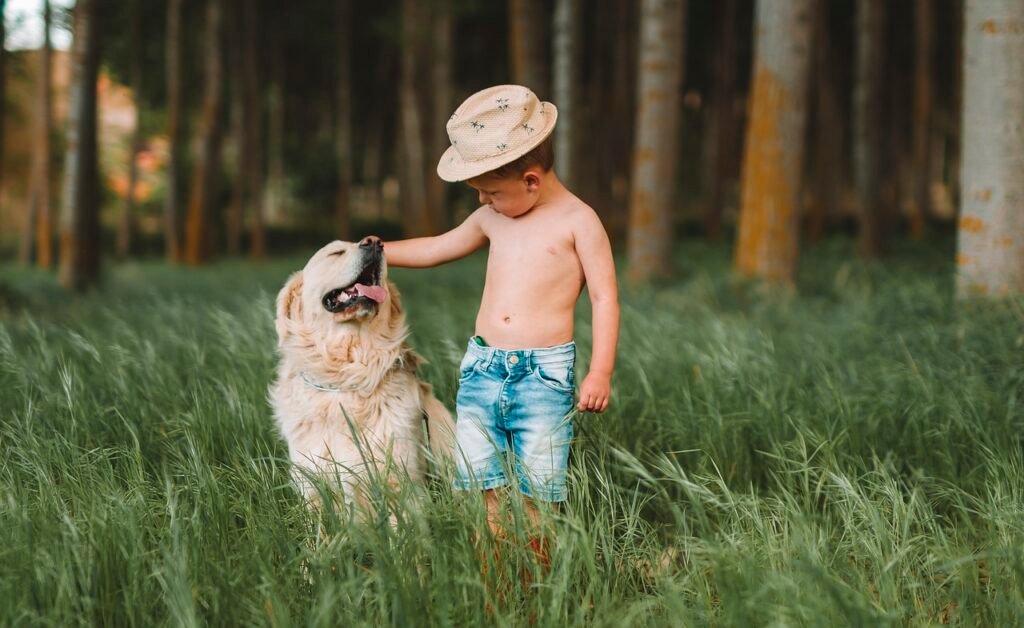
While both cats and dogs can form strong bonds with humans, dogs often develop attachments that involve higher dependency on their human companions for emotional and physical needs. Cats usually show affection on their terms, often spacing affectionate behaviors with long periods of independence.
Training and Obedience
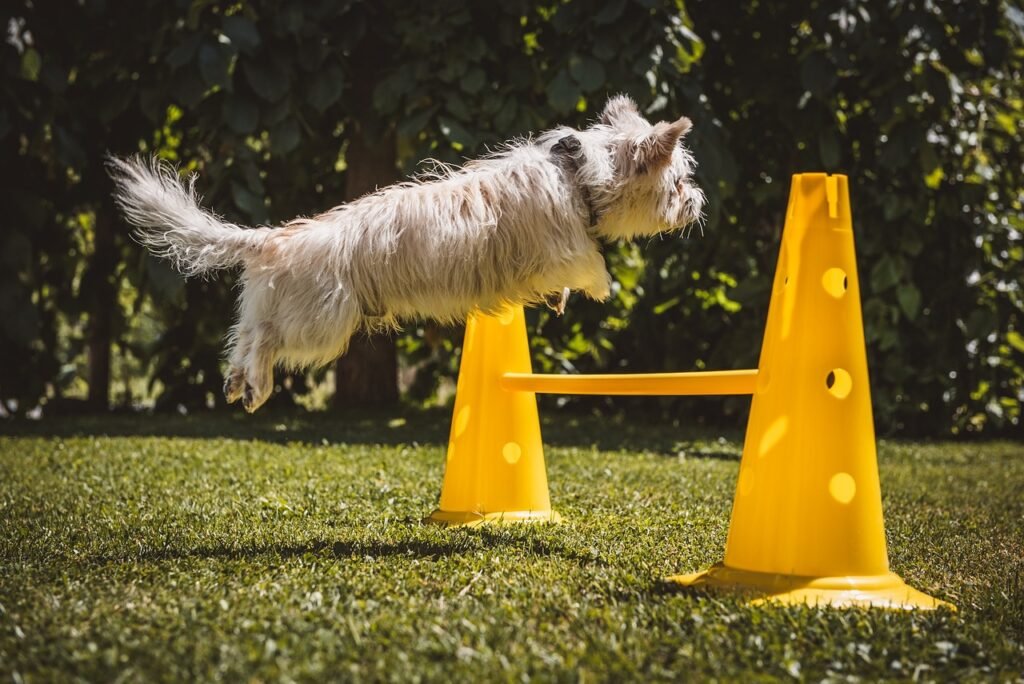
Dogs generally respond well to training and commands due to their inclination to work closely with humans. Cats, however, display independence by being selective in their responses to training, often considering commands as suggestions rather than orders, owing to their self-sufficient nature and problem-solving skills.
Conclusion: Nature vs. Nurture
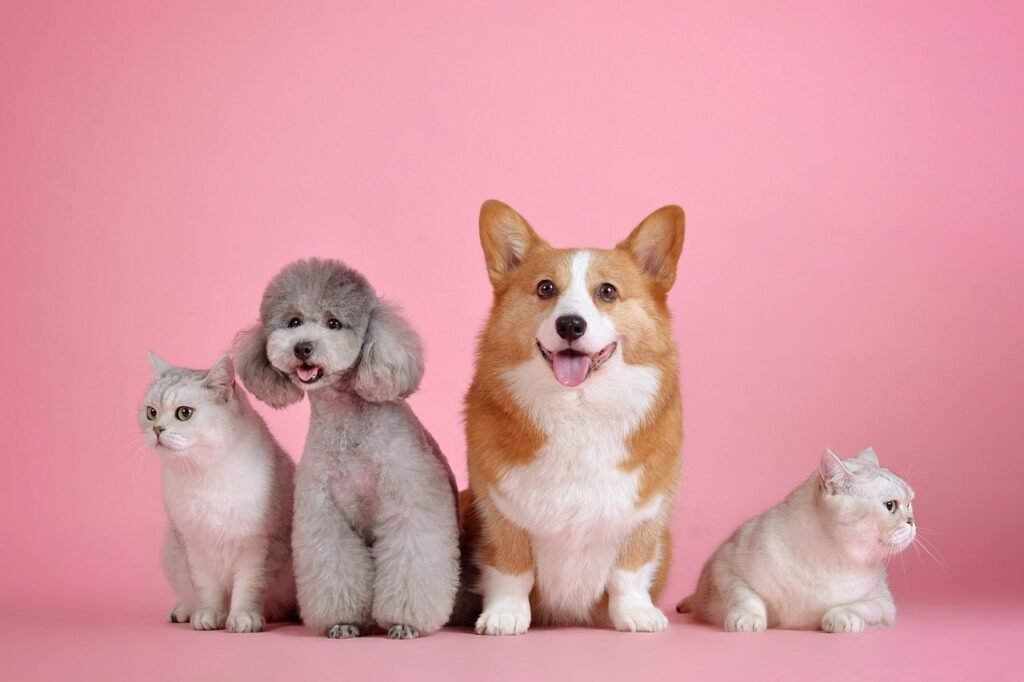
The independence seen in cats compared to dogs can be attributed to a combination of evolutionary factors, social behaviors, and the differing paths of domestication. Understanding these fundamental differences allows us to appreciate the unique characteristics of each species, offering insight into their roles in human lives.

Growing up traveling and experiencing new cultures and wonders, I have had a passion for nature, adventuring, photography, and videography. I am currently working towards a BSc in Biodiversity and Ecology at Stellenbosch University, and I hope to specialise in Marine Sciences one day.
Please send any feedback to Feedback@animalsaroundtheglobe.com






